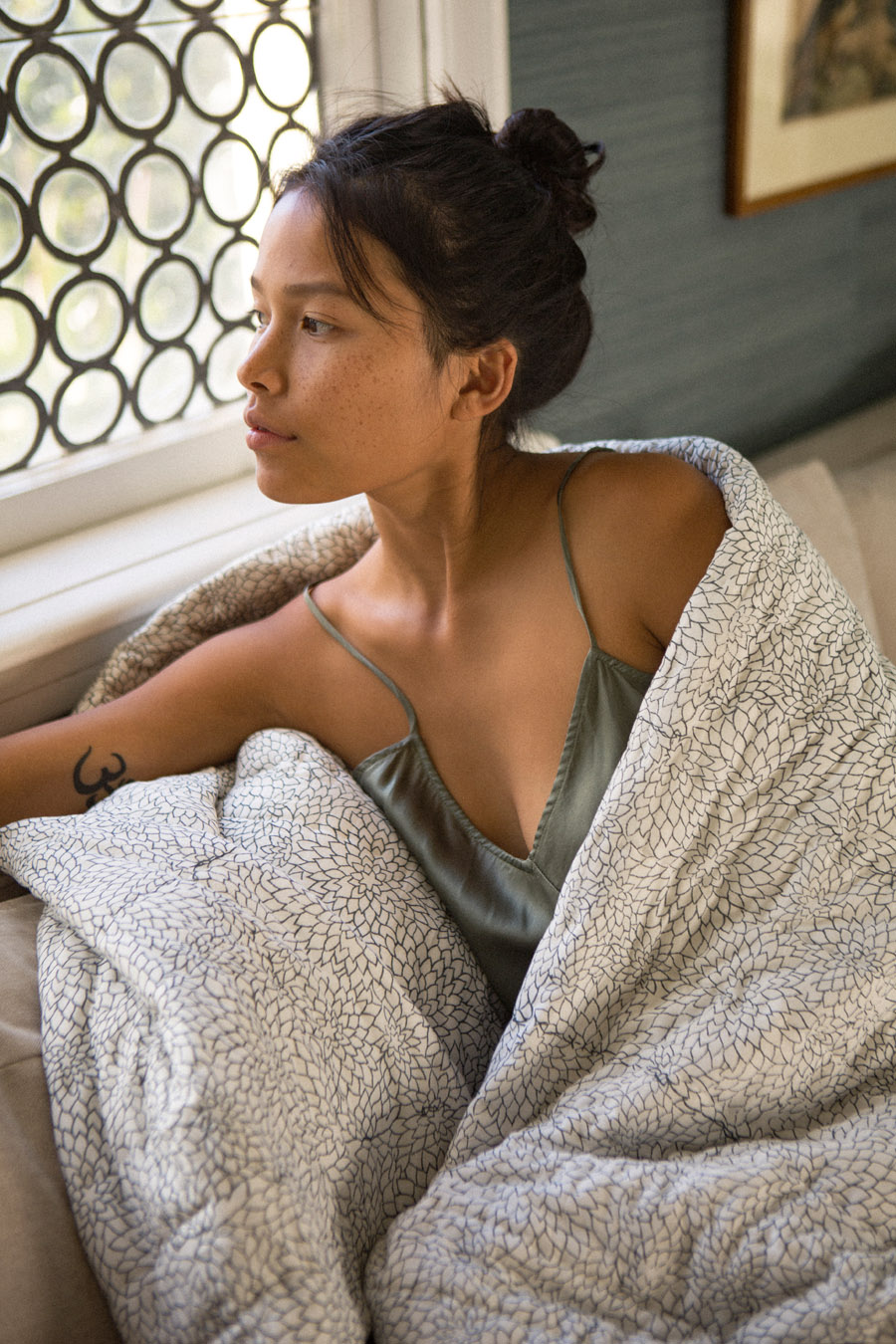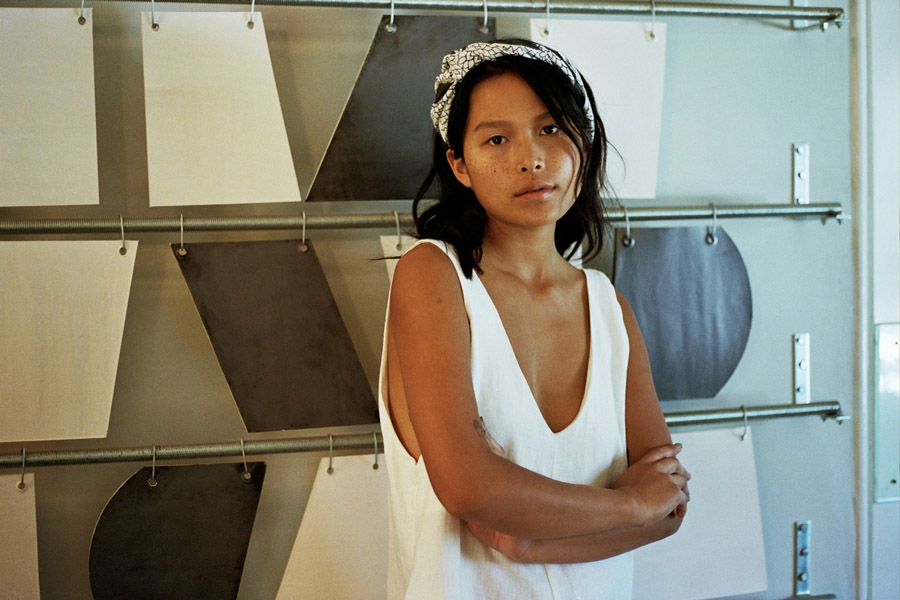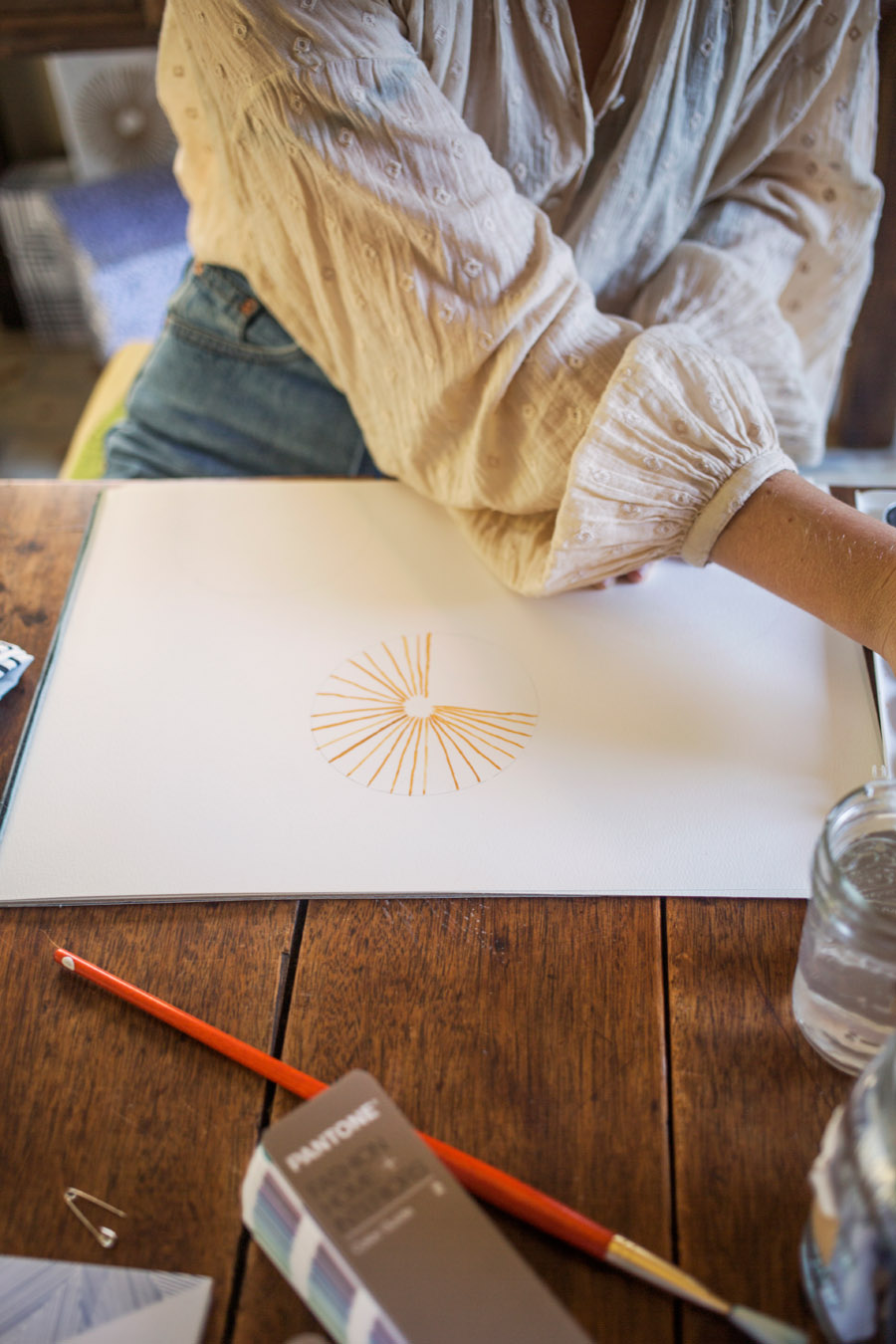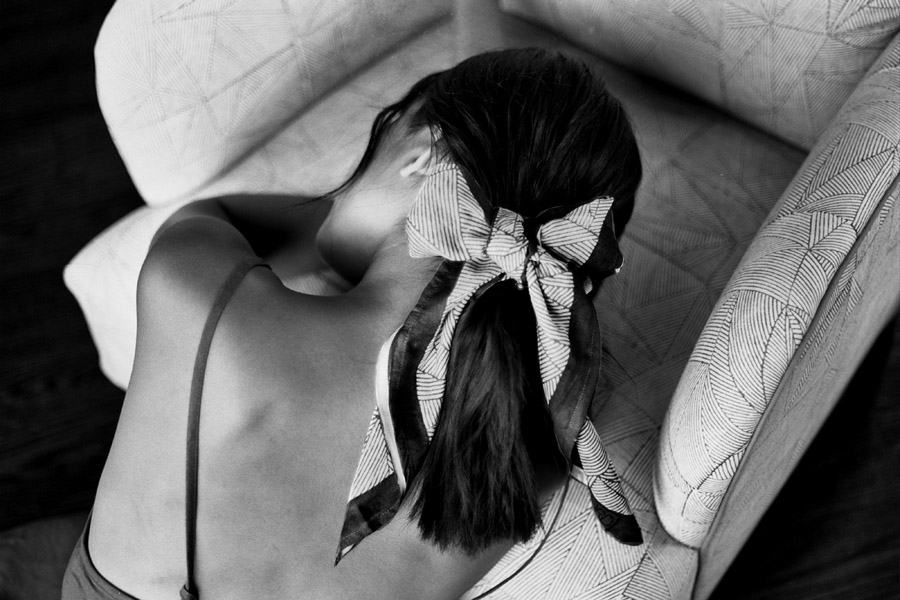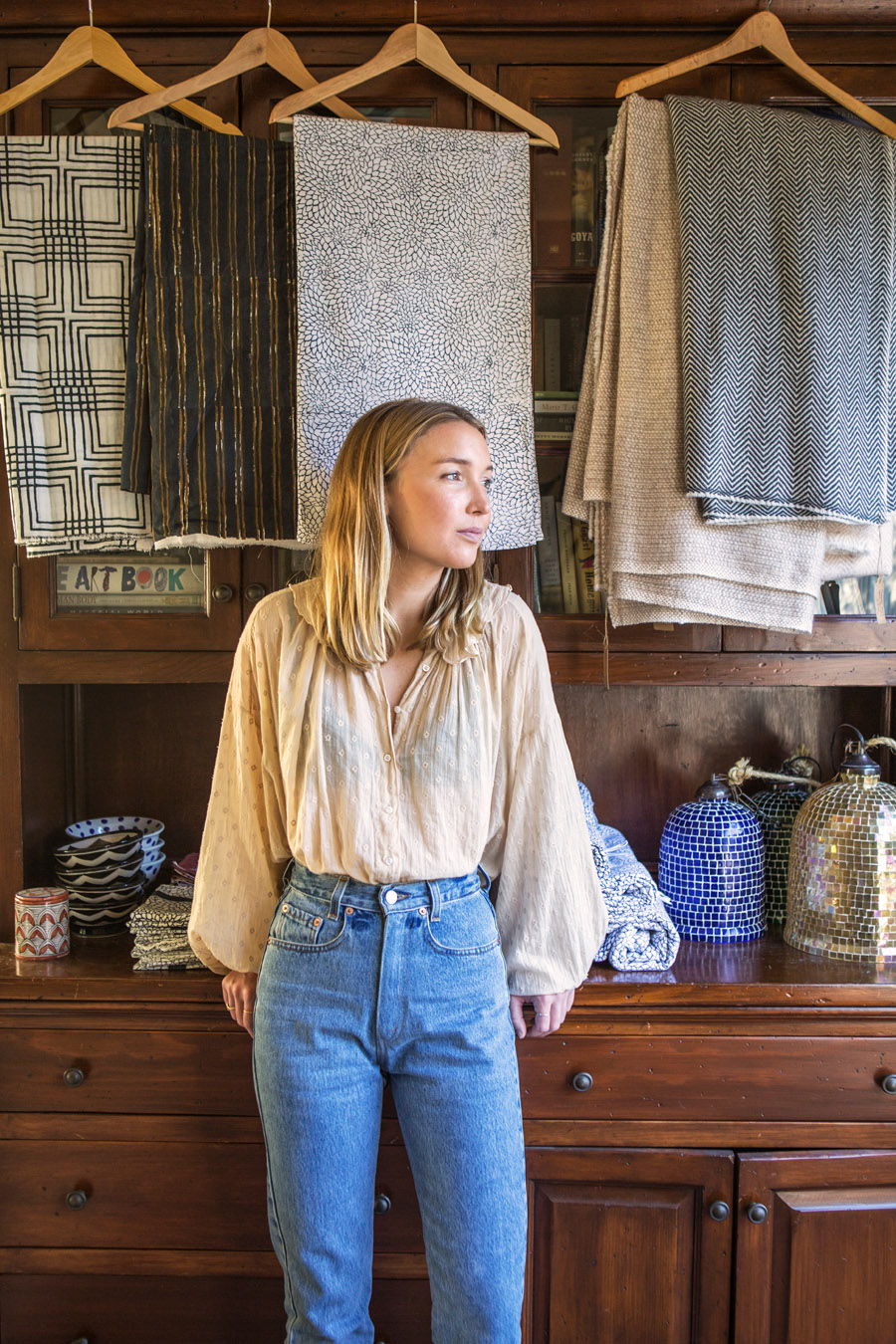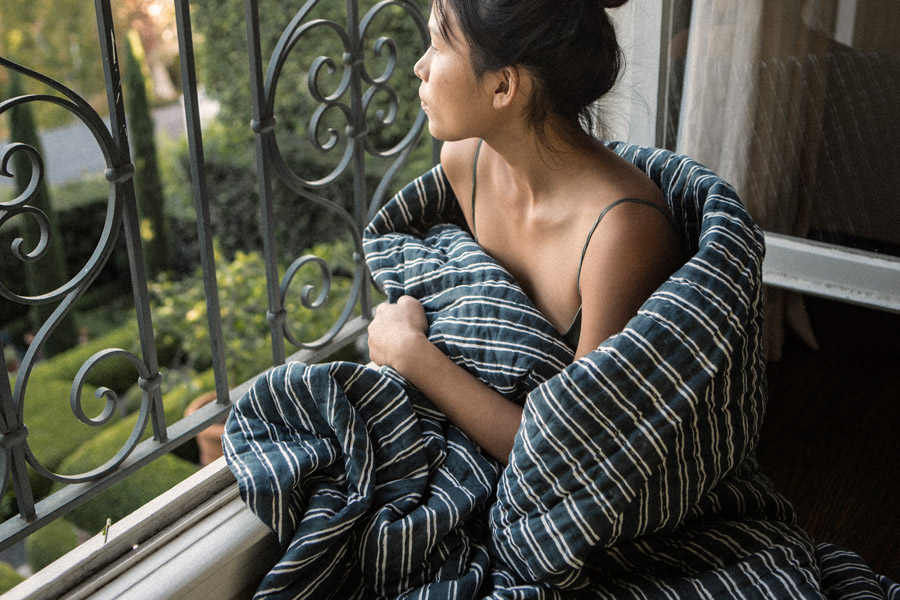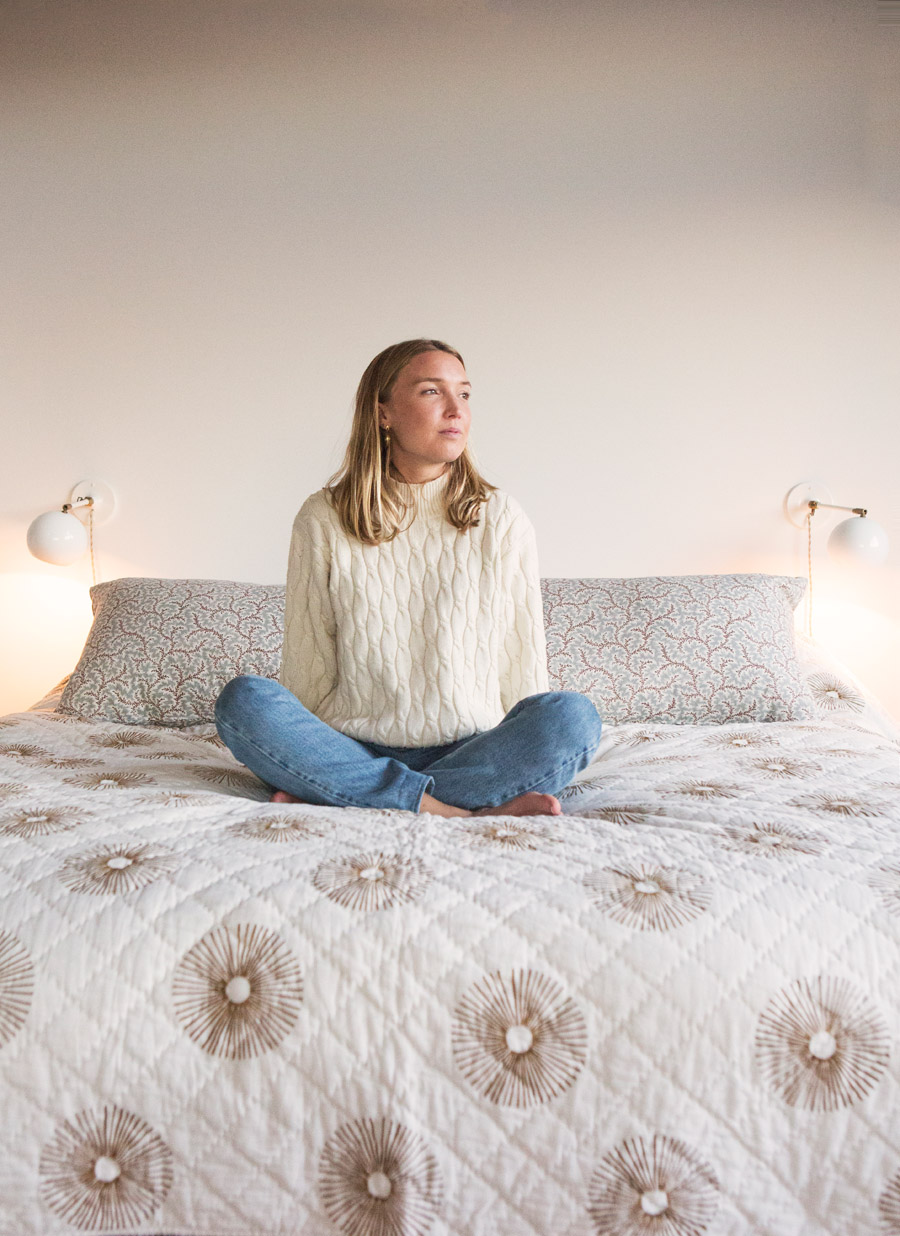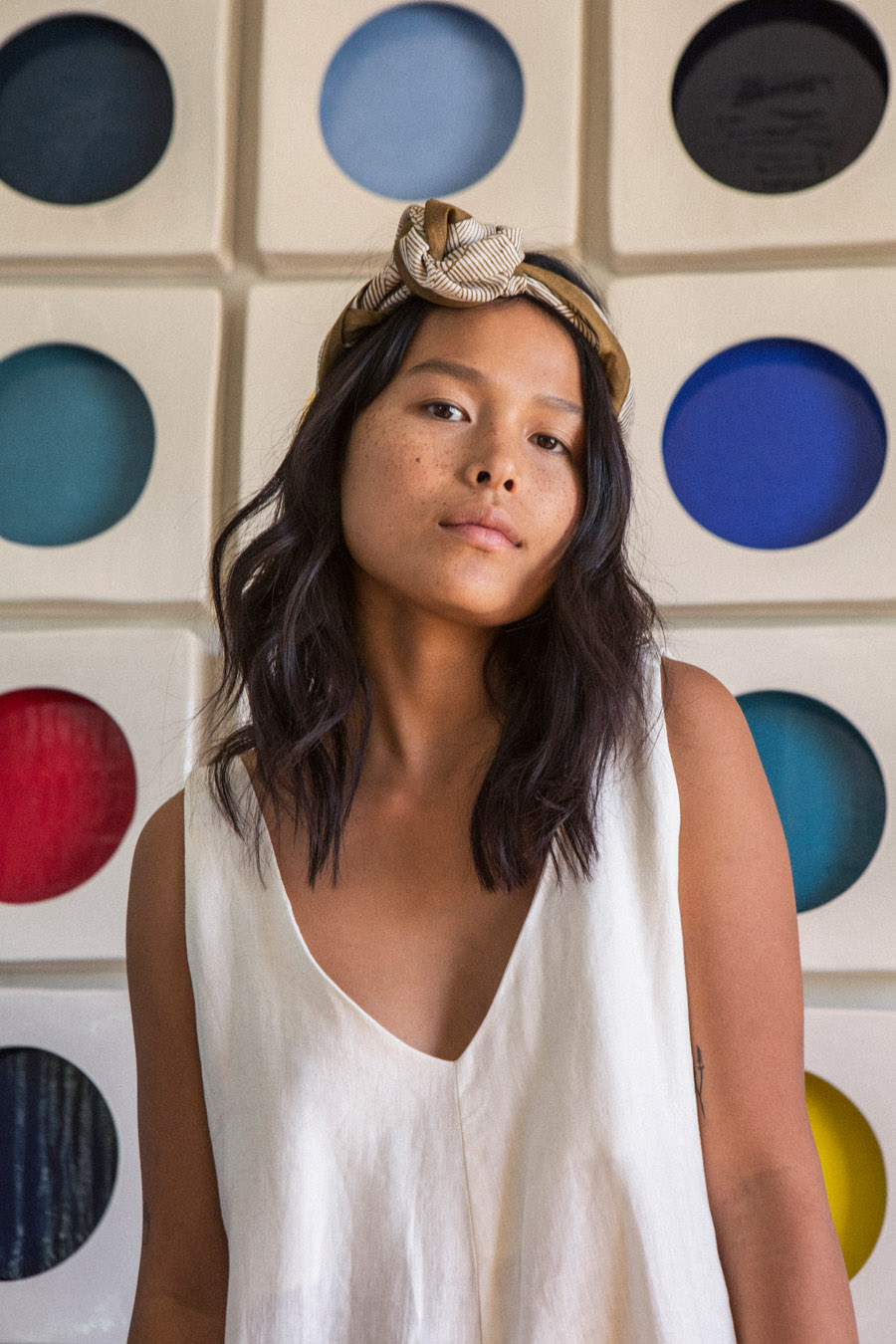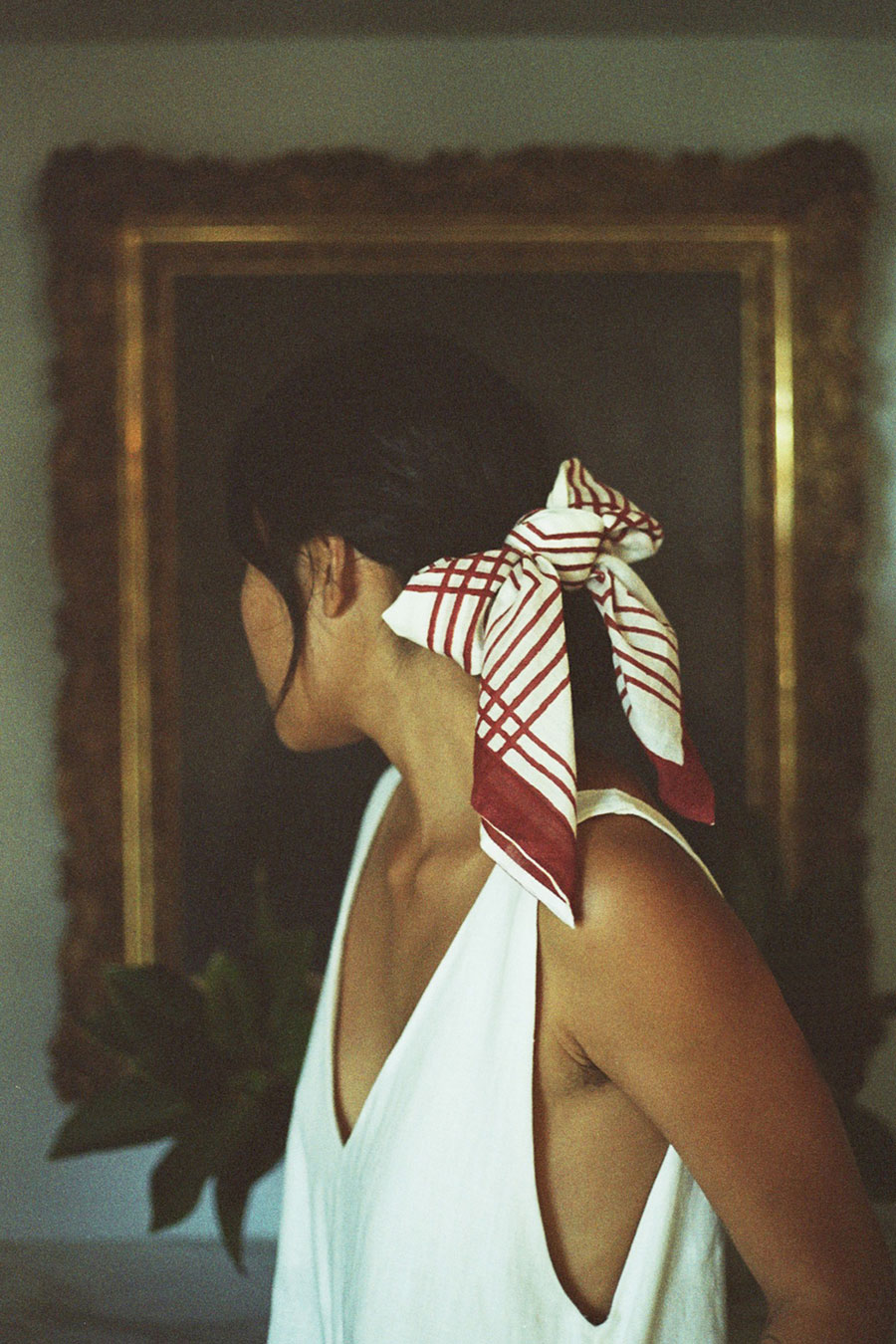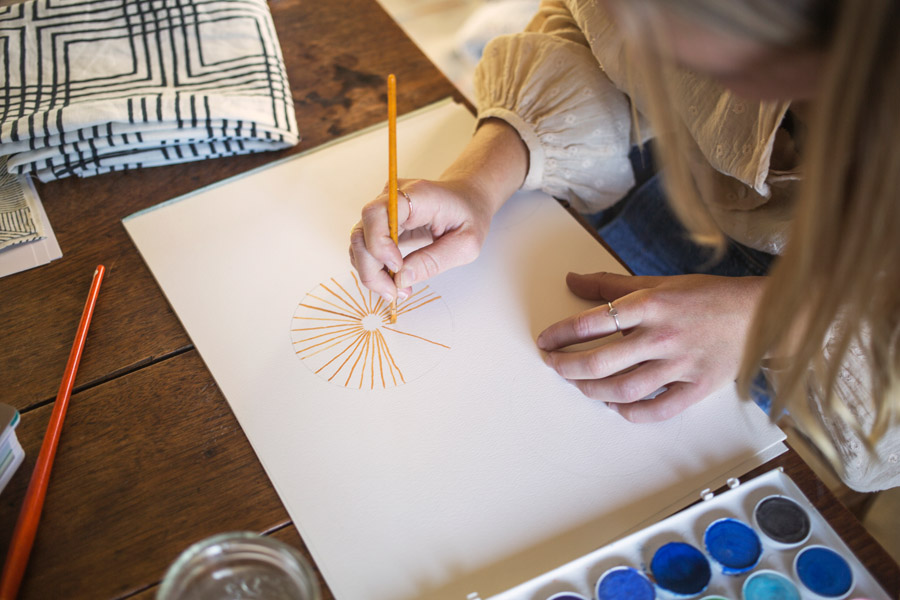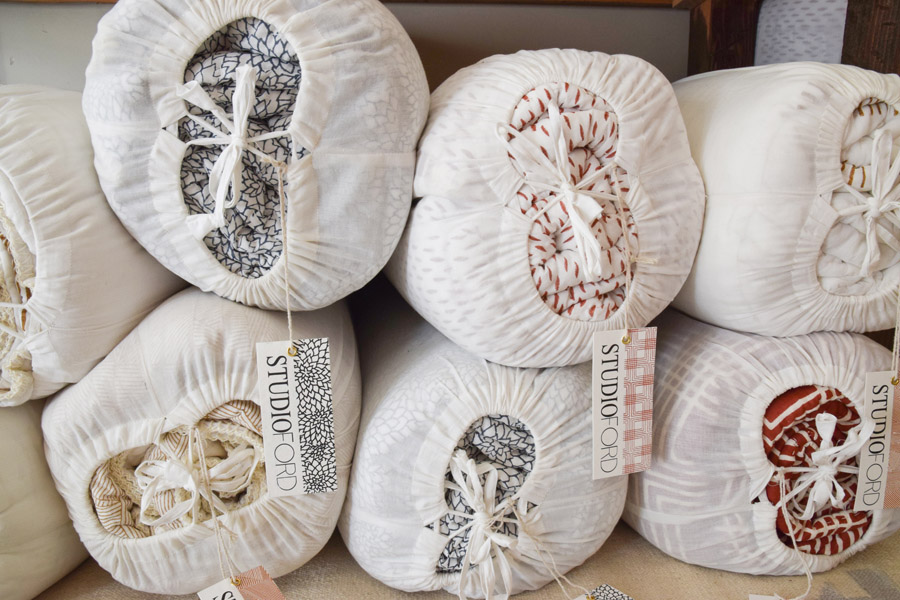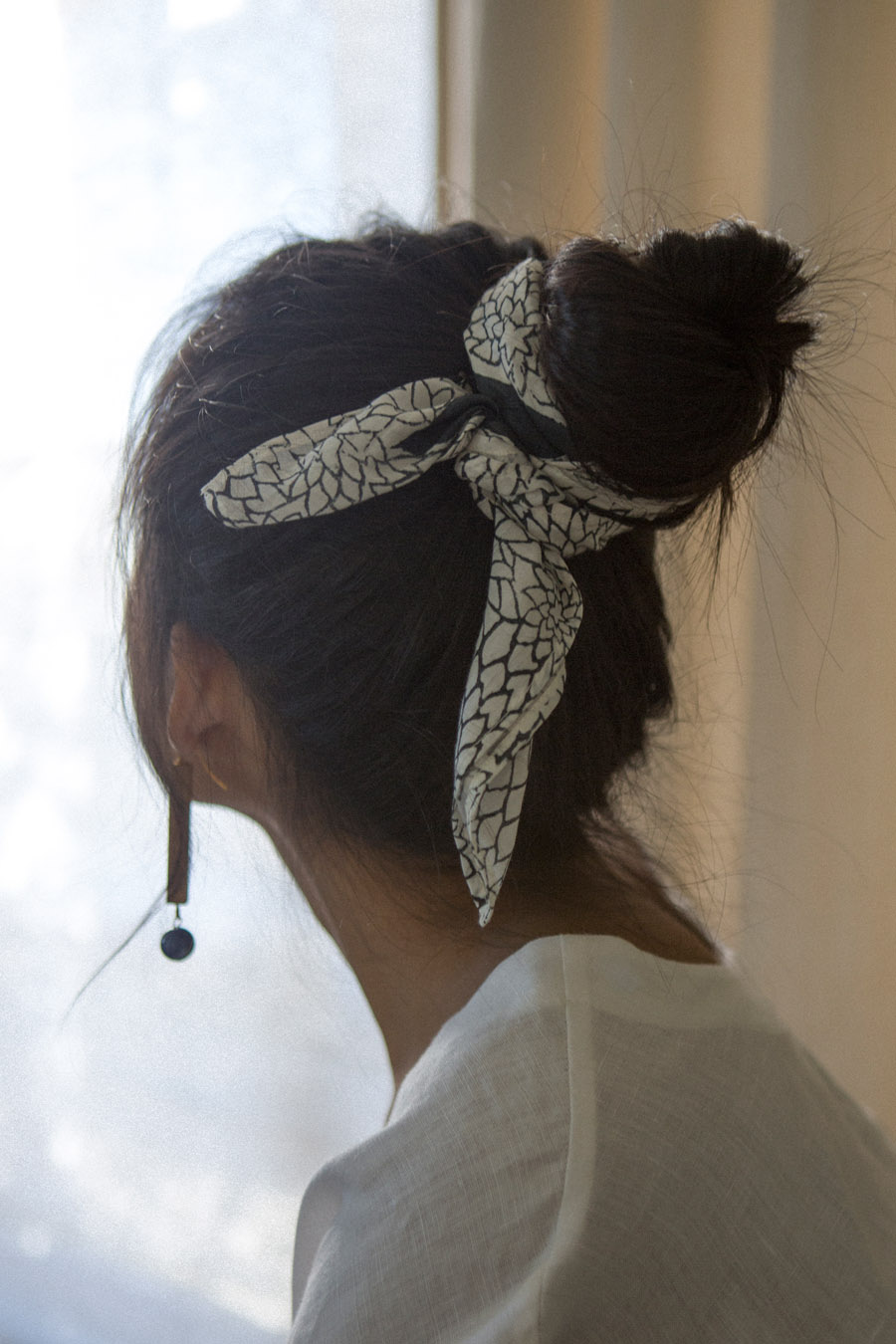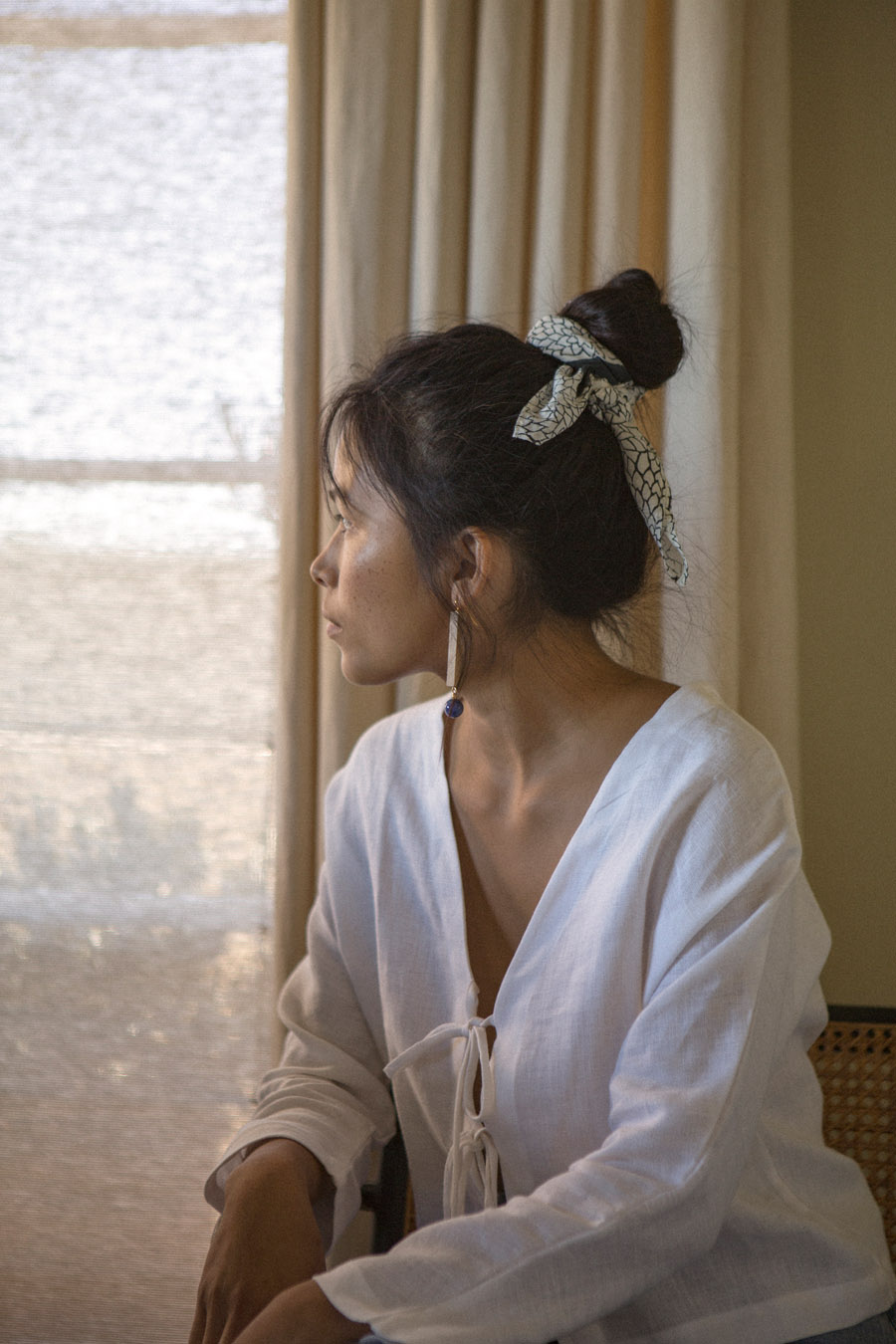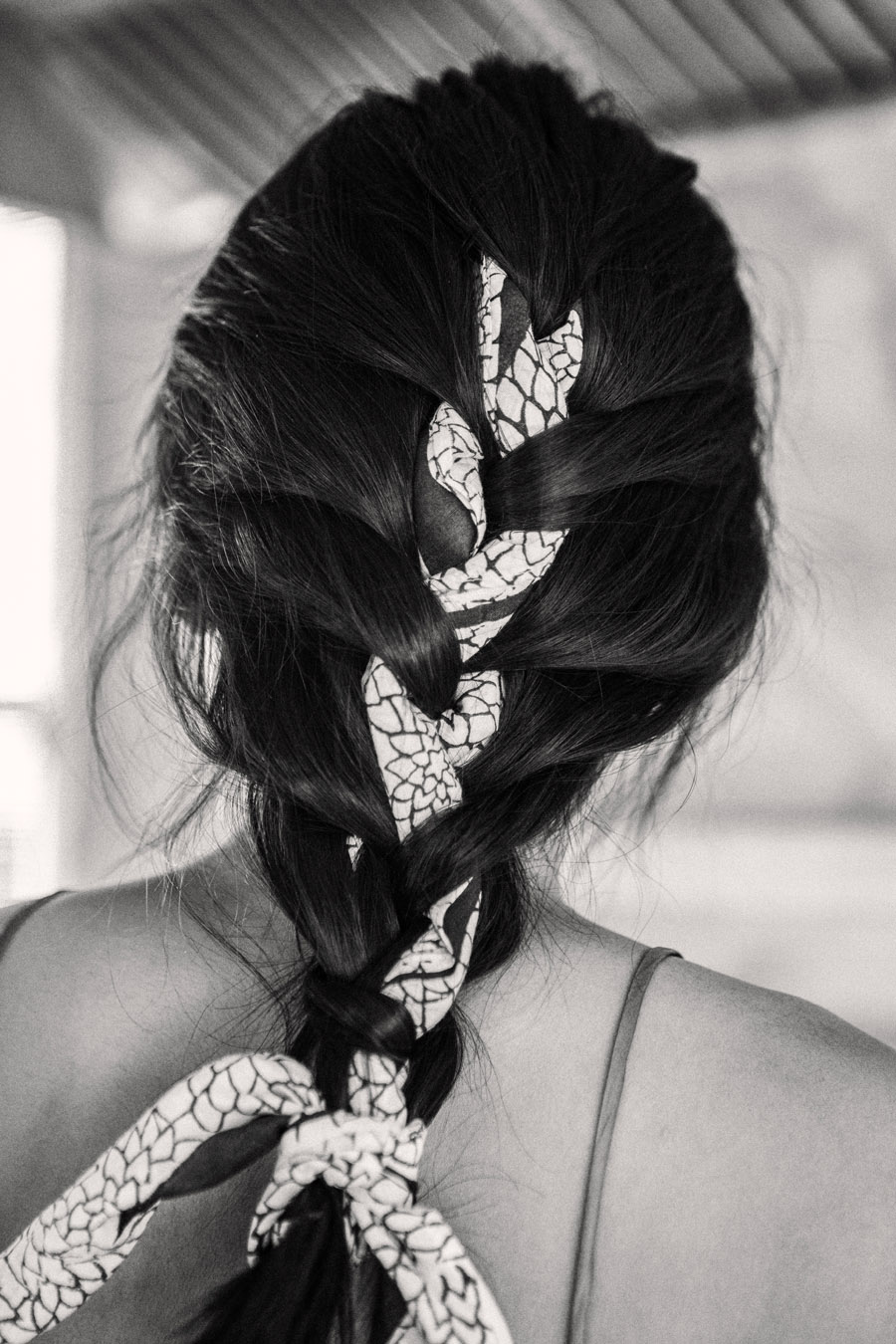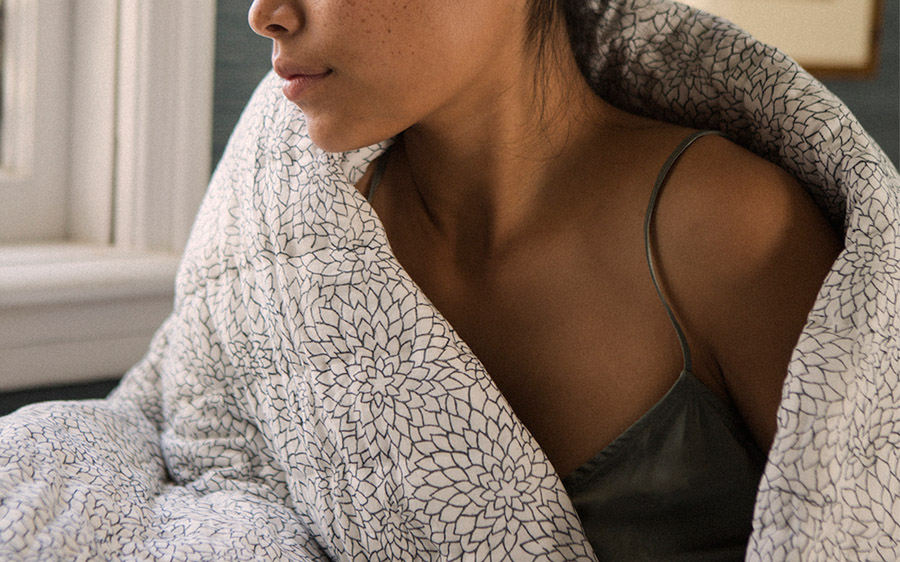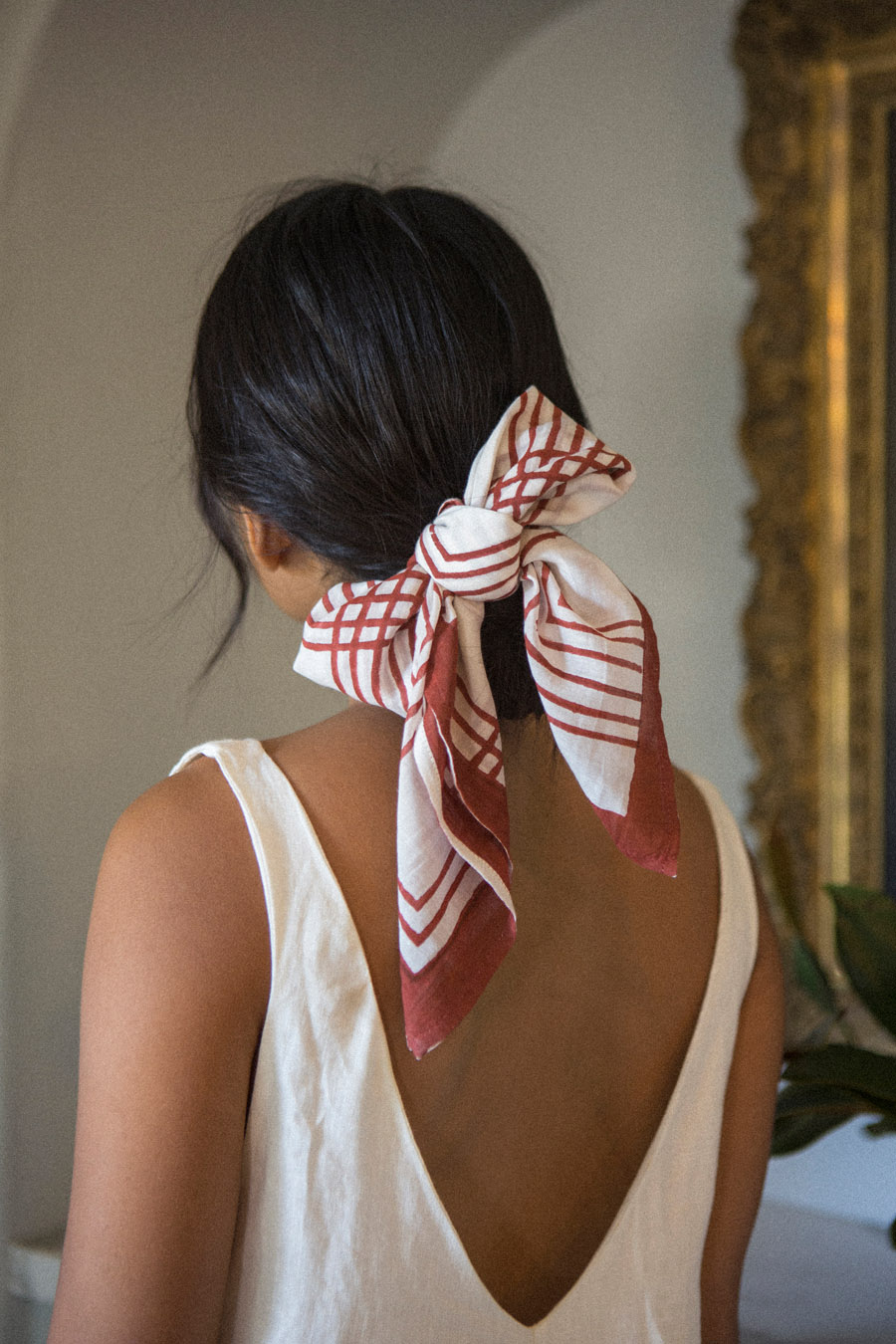“I’m inspired by things I encounter in everyday life: patterns in nature, architecture, art, and design as well.”
Josie Ford´s work caught our eye due to her beautiful handcrafted block print textiles. Nothing more special as a product where there is a lot of love, time and ethics behind it. We had an insightful talk with the designer behind Studio Ford about how she choose her production place in Jaipur, her favorite materials to work with and her drive to create something on her own.
Tell us about your beginnings, how did you start the label “Studio Ford”. Like this very moment where you thought, ok now I need to do this, was it because of a sort of crucial experience?
It wasn’t so much a “crucial moment”, but more so a slow building drive to create something of my own. After college, I jumped right into a marketing job, and the grind of corporate life never really felt like the right fit for me. I majored in art, had a ton of printmaking and graphic design experience, and was working on my own designs on the side. There were aspects of marketing I really enjoyed, so I started thinking about ways I could combine art with my business experience. Textile design seemed like the perfect answer. I’m pretty driven, and once I get an idea for a project I have to see it through. I started researching block printing more thoroughly and was so inspired I just couldn’t get this project out of my head. So I left my job, and a month later I was flying solo to India. My goal for the trip was to meet people who have practiced the art of block printing for generations. I visited six different cities during my first trip, and I didn’t really know how it was going to all play out. But I guess my most “crucial moment” was when I met Sonia. Sonia now runs all of our business operations, oversees wages, quality control, and any Studio Ford community initiatives on the ground in India. When I met her, I knew this was really happening.
What are your favourite materials to work with?
For the design process, I like to work with watercolors because of their flexibility. Depending on brush type, stroke, color, and more, I can really experiment with patterns. When it comes to actual production, our artists start out using teak (or sagwaan) to carve the blocks. It’s the perfect base for carving as it’s strong and doesn’t absorb water or distort in shape or size. The craftsmen cut pieces of teak according to the required block size, and then paint the wood white to increase contrast and visibility. The teak blocks are then carved by master carvers and passed on to the printers, who dip the wood blocks into a tray of ink and carefully place them by eye on the fabric. Finally, our printed textiles are sent to the sewers, who turn the fabric into a scarf, pillow, napkin, or table cloth. Our quilts are taken to a smaller rural village outside Jaipur where they are filled with natural cotton and hand-sewn by a group of women. The entire process involves solely all natural materials and stays true to the traditional Indian block printing method.
How did you choose your production place, I read you produce in India, but how did you find those places you wanted to collaborate with?
Throughout the sampling process, I worked with a number of different printers, and all of them have printed out of their own homes for generations. Supporting a family-run shop was really important to me. Seeing the entire family involved in the process was refreshing, and I wanted to incorporate some of that generational history into our brand values. We are currently working with a family-run printer in Sanganer, a village outside of Jaipur. The quality of their work is incredible and the care and time they put into each piece is really inspiring.
“I believe resilience is really important. Learning from mistakes & difficulties will always make you stronger & more knowledgeable.”
What are your biggest design inspirations?
Generally, I’m inspired by things I encounter in everyday life: patterns in nature, architecture, art, and design as well.
You give back 5% of all your proceeds to the community of printers and sewers to use for medical bills, children’s lunches and any extra expenses that come up in a day to day life. Where do you see the future of ethics in the industry?
Block printing is an ancient Indian heritage craft but unfortunately, as is the case with other artisanal crafts in India, it is being replaced by quicker, mechanized forms of production like screen printing and digital printing. We strive to help preserve the block printing craft by giving back to these family-run businesses both out of thanks and in celebration the craft.
The most important thing in life?
Follow your passion. Whether it’s your career or just a hobby, keep doing it. I also believe resilience is really important. Learning from mistakes and difficulties will always make you stronger and more knowledgeable.
What are your goals and dreams for “Studio Ford” and yourself in the future?
In addition to expanding our collections and producing more diverse pieces, we would like to find new ways to give back to the communities involved in our production process. Supporting these artisans is so important to us, and we would love to find additional ways to continue to support and preserve the traditional block printing craft.


